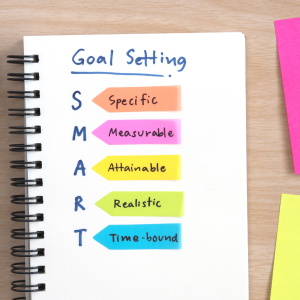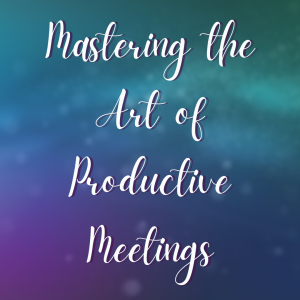Do you often find yourself putting off tasks until the last minute, feeling overwhelmed by deadlines, and struggling to meet your goals? If so, you’re not alone. Procrastination is a common challenge that many of us face, but the good news is that it’s something we can overcome with the right mindset and strategies.
I’ve seen firsthand how procrastination can take a toll on mental health and overall happiness. That’s why I’m here to help you understand the root causes of procrastination and provide you with practical tips and techniques to overcome it.
 Understanding Procrastination:
Understanding Procrastination:
Before we dive into solutions, it’s essential to understand why we procrastinate in the first place. Procrastination often stems from a combination of factors, including fear of failure, perfectionism, lack of motivation, and poor time management skills.
Fear of Failure:
One of the most common reasons for procrastination is the fear of not meeting expectations or making mistakes. This fear can paralyze us, causing us to avoid tasks altogether.
Perfectionism:
Striving for perfection can be a double-edged sword. While it’s essential to do our best, perfectionism can lead to unrealistic standards and a fear of not measuring up, which can result in procrastination.
Lack of Motivation:
When we lack motivation or interest in a task, it’s easy to put it off in favor of more enjoyable activities.
Poor Time Management:
Sometimes, procrastination is simply a result of poor time management skills. Without a clear plan or structure, it’s challenging to prioritize tasks effectively.
Overcoming Procrastination:
Now that we’ve identified some common root causes of procrastination let’s explore practical strategies to overcome it:
Break tasks into smaller steps:
Large tasks can feel overwhelming, making it tempting to procrastinate. Break them down into smaller, more manageable steps, and tackle them one at a time.
Set SMART goals:
Make your goals Specific, Measurable, Achievable, Relevant, and Time-bound. Setting clear objectives can help you stay focused, motivated and improve productivity.
Practice self-compassion:
Be kind to yourself when you encounter setbacks or challenges. Remember that nobody is perfect, and it’s okay to make mistakes along the way.
Use time-blocking:
Allocate specific blocks of time for different tasks and activities. This technique can help you stay organized, make better use of your time and boost productivity.
Combat perfectionism:
Embrace the concept of “good enough” and focus on progress rather than perfection. Recognize that mistakes are opportunities for growth.
Find your motivation:
Identify why the task is important to you and how it aligns with your values and goals. Visualize the positive outcomes of completing the task to boost your motivation.
 Practice mindfulness:
Practice mindfulness:
Stay present and focused on the task at hand, rather than getting lost in distractions or worrying about the future. Mindfulness techniques such as deep breathing or meditation can help calm the mind and improve concentration.
Reward yourself:
Celebrate your progress and accomplishments along the way. Treat yourself to something enjoyable after completing a task to reinforce positive behavior.
Procrastination is a common challenge, but it doesn’t have to dictate your life. By understanding the root causes of procrastination and implementing practical strategies like breaking tasks into smaller steps, setting SMART goals, and practicing self-compassion, you can overcome procrastination and unlock your full potential.
Remember, progress takes time, so be patient with yourself as you work towards building new habits and achieving your goals. With persistence and determination, you can conquer procrastination and create a more fulfilling and productive life.
Here’s to your success!



